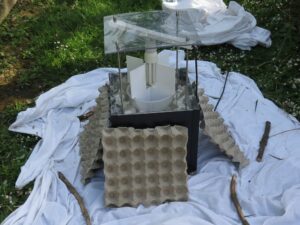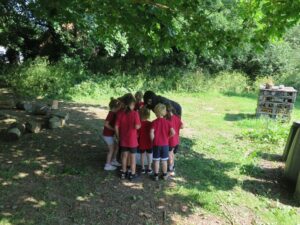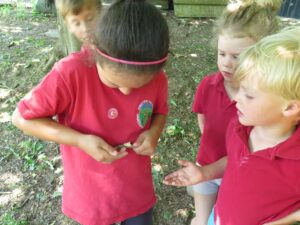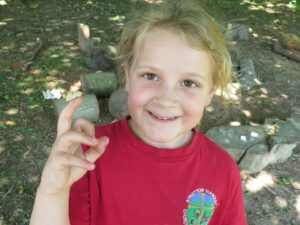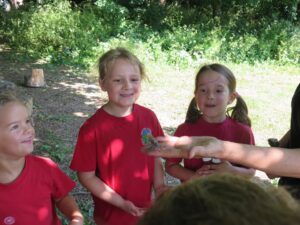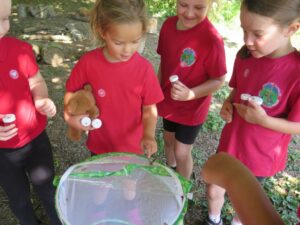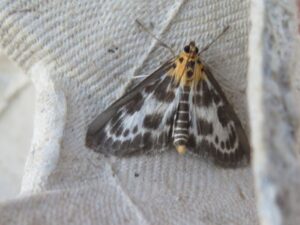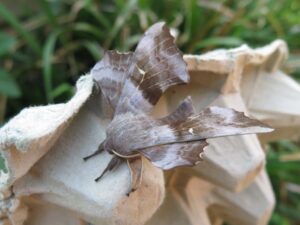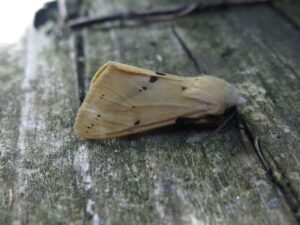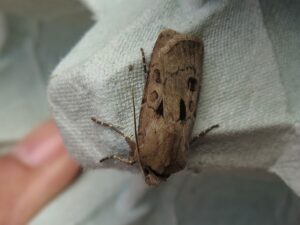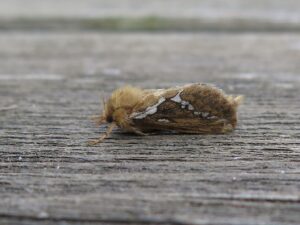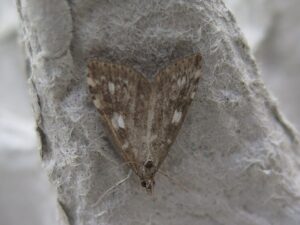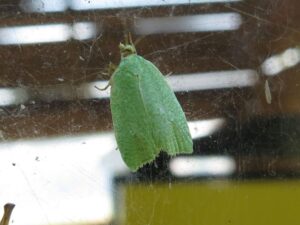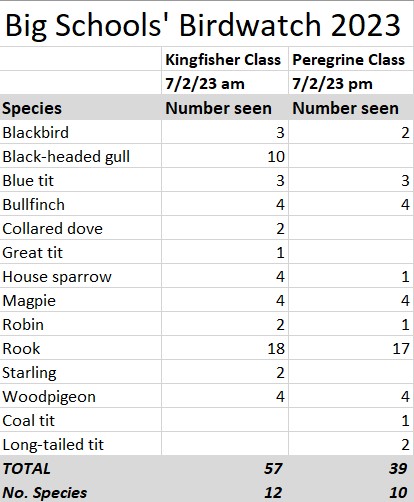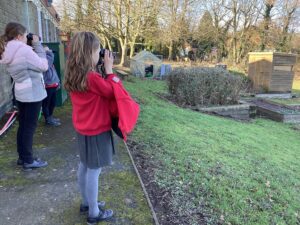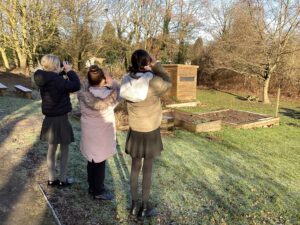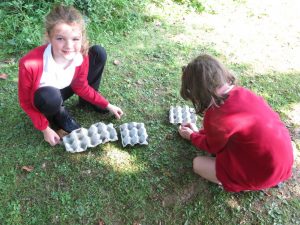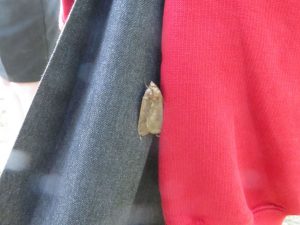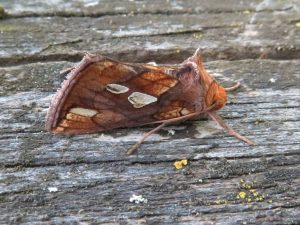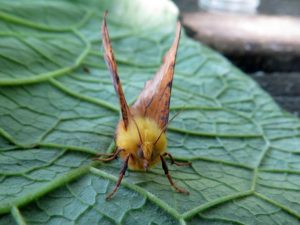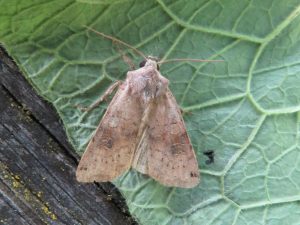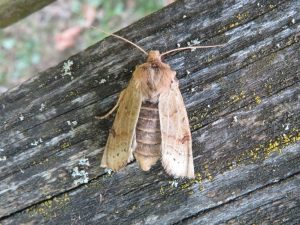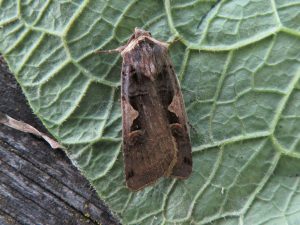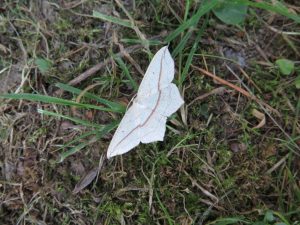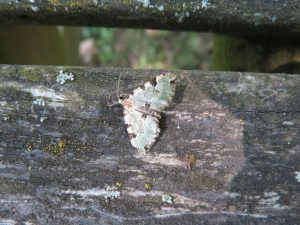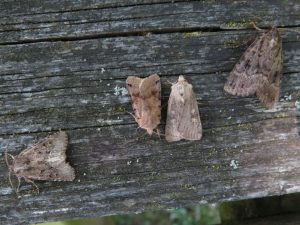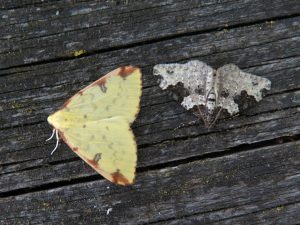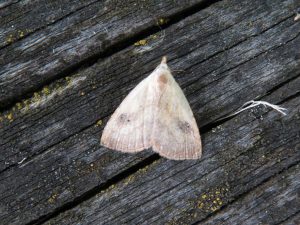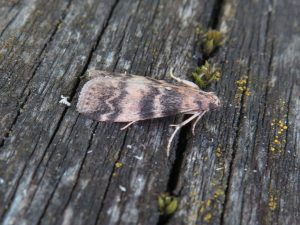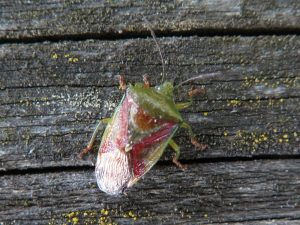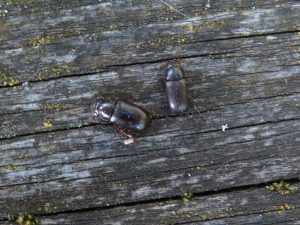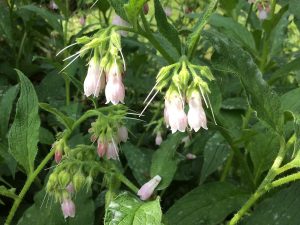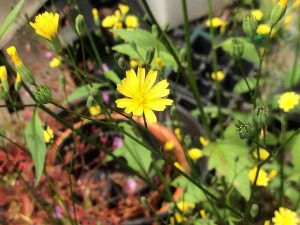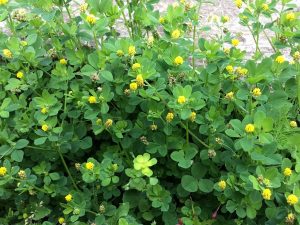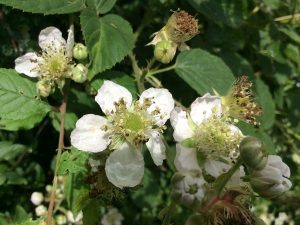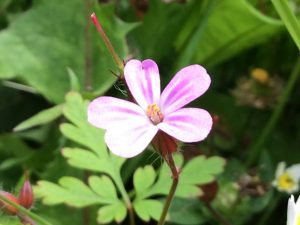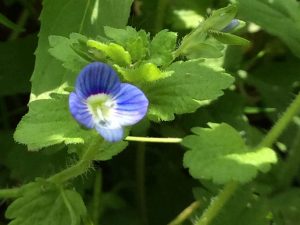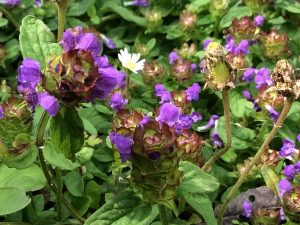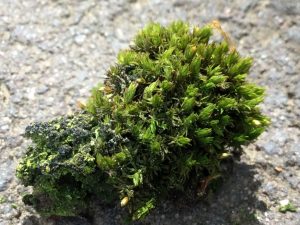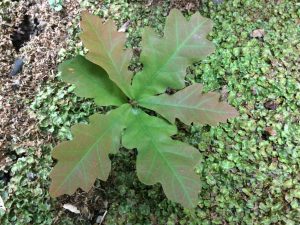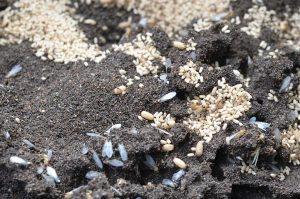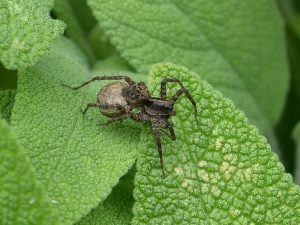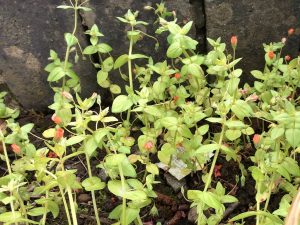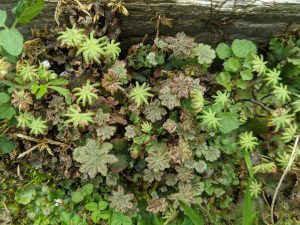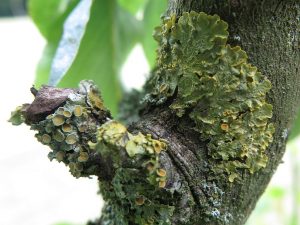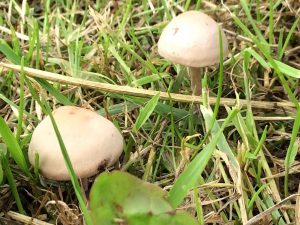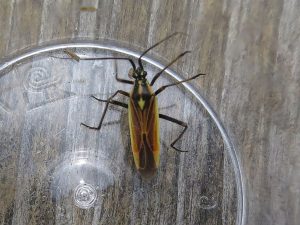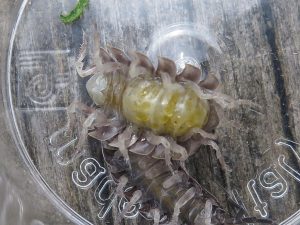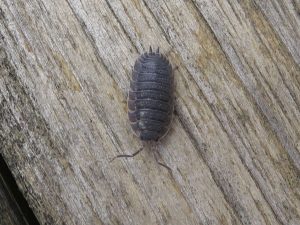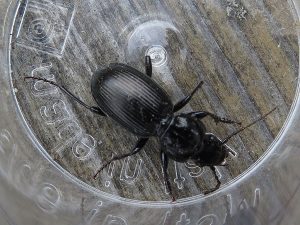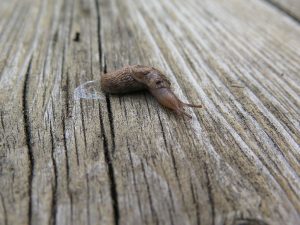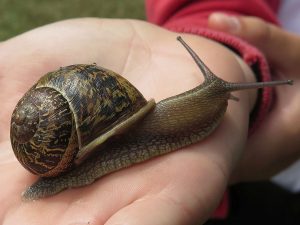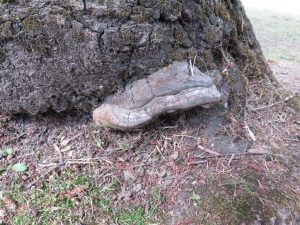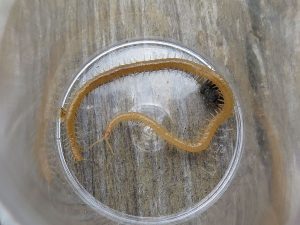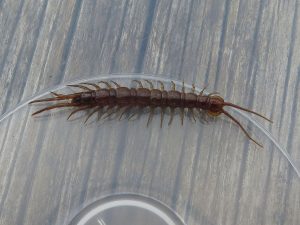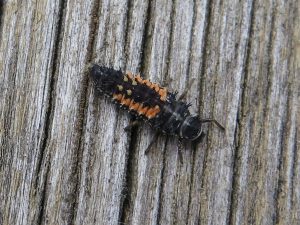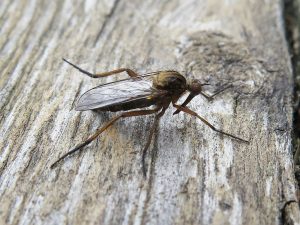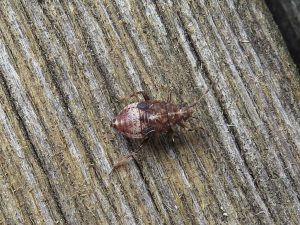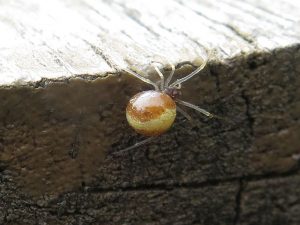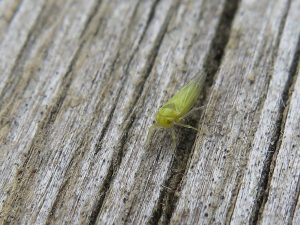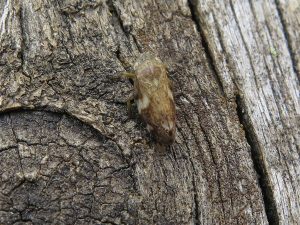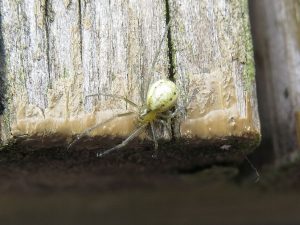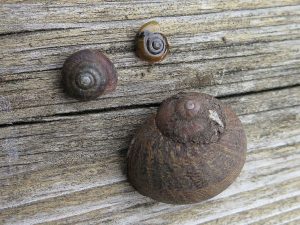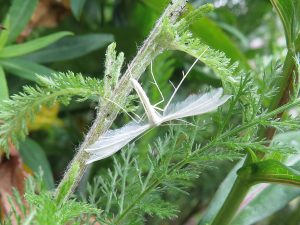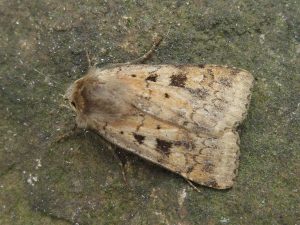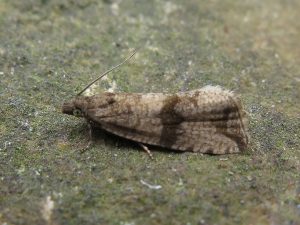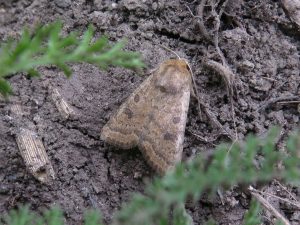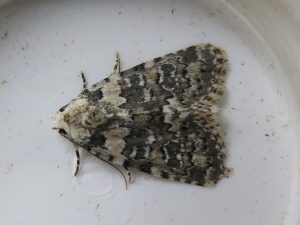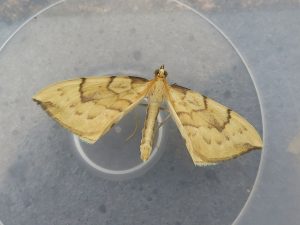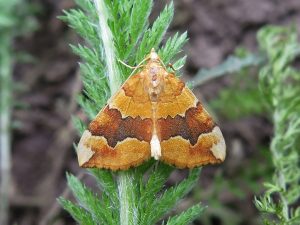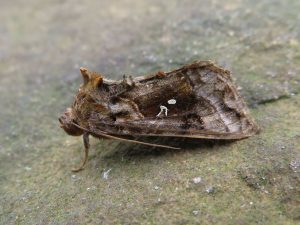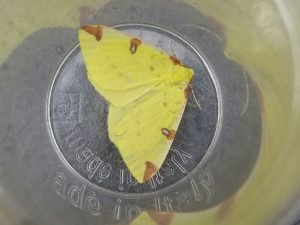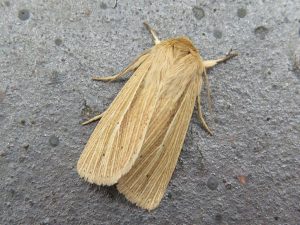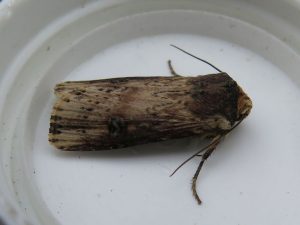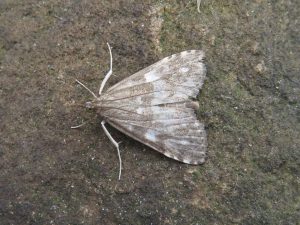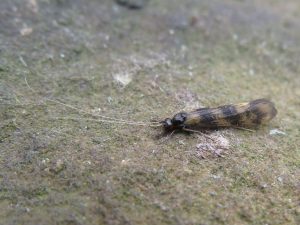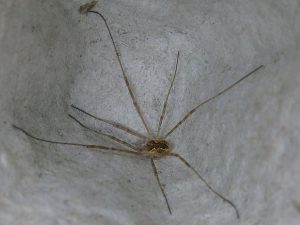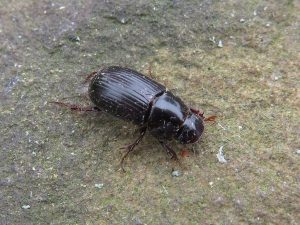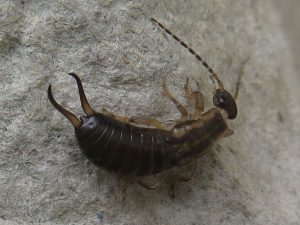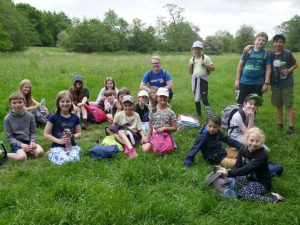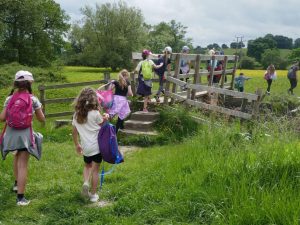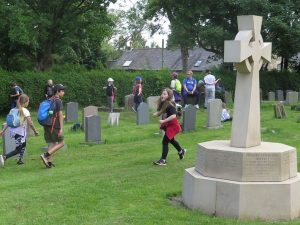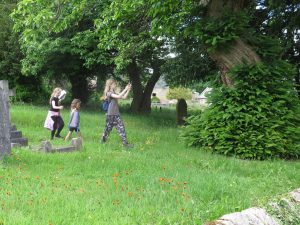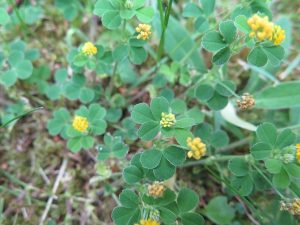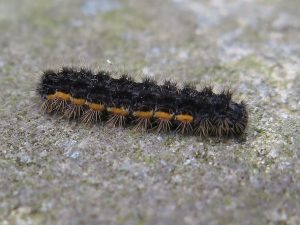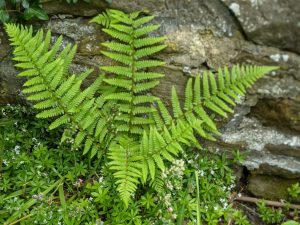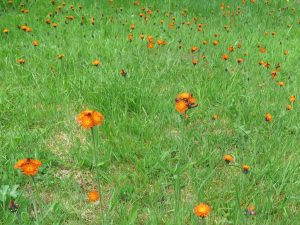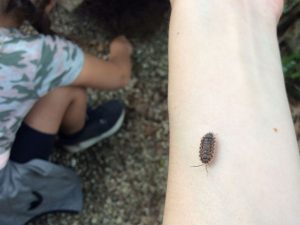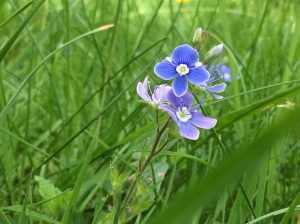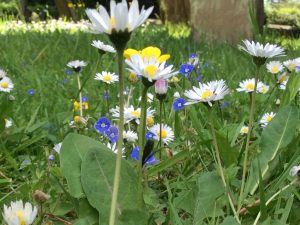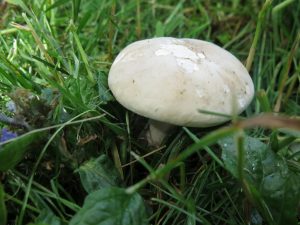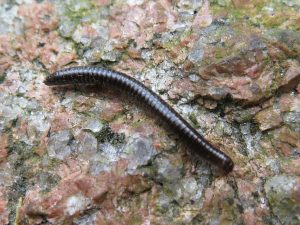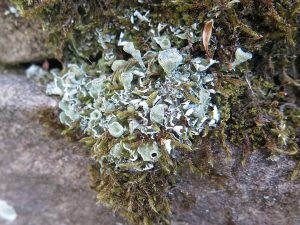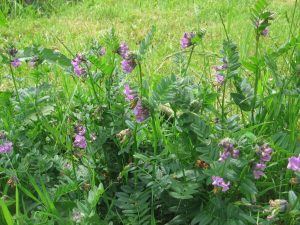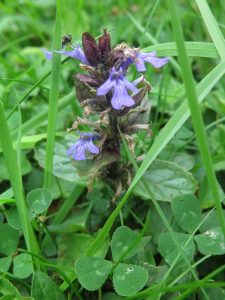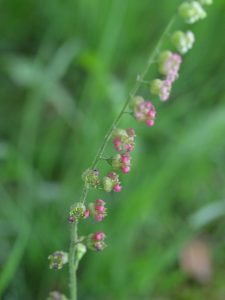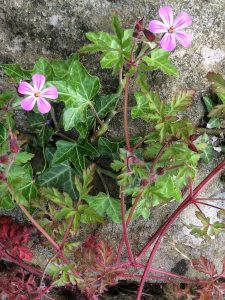We have two nest boxes fitted with cameras. Our original B&W birdcam box was set up outside the Infant classroom in March 2007; this was replaced by the new Colour Infant Birdcam box in 2014. Another Colour Birdcam box was installed round the back of the school, outside the kitchen, in 2008. Still images are uploaded to the birdcam pages around every 10 seconds.
Some warm nights were forecasted for this week, so we decided to set up the moth trap on the 19th June. We weren’t disappointed, there were over 100 moths and 46 different species. We had 7 new species: Grey Tortrix agg., Eudonia mercurella, Short-cloaked moth, Scarce Footman, Aleimma Loeflingiana, Lozotaenia Forsterana and Ancylis achatana.
Also in the trap was an Orange Ladybird, a Harlequin Ladybird and a Hawthorn Shileld bug.

































Click on the images below to see a full list of species trapped.
We would like to say a big thank you to Mrs Nicholson who turned up at dawn to cover the trap!
The moth trap was emptied by year 3,4 & 5 at the start of our bioblitz even on the morning of 13th May. We recorded 13 moths of 10 different species: Streamer 1, Mottled pug 1, Pale Tussock 3, Brimstone moth 1, Small Magpie 1, Silver-ground Carpet 1, Buff Ermine 1, Green Carpet 1, Small Phoenix 1 and Seraphim (new species for the school grounds). We also caught 13 Cockchafer beetles!












Thank you to the early drop off children who helped me empty the moth trap this morning. We recorded 20 moths of 15 different species. We added 4 new moths to the species list for the school grounds: Coronet, Purple Thorn, Yellow-barred Brindle and Shuttle-shaped Dart.





















A moth trap was set up in the learning garden on 1st April and emptied the following morning. 9 moths of 4 different species were recorded as follows: 4 Common Quaker, 2 Clouded Drab, 1 Early Grey and 2 Hebrew Character. The results were uploaded to irecord, a national database for biological recording.





Children took part in the Big Schools’ Birdwatch during Spring Term 1. This is an important annual national survey which helps keep track of changes of bird populations over time. We have been taking part in this survey since 2011!
During a one-hour period, they recorded the birds they saw in the school grounds. They counted the maximum number of birds, of each species, seen at any one time. We then submitted our results on the Big Schools’ Birdwatch website.


Over 3 sessions, the children counted at total of 124 birds and 19 different species. The most common species were Rooks (who nest in the school grounds), Woodpigeons and Bullfinch.

On Wednesday, 29th January, the whole school walked down to Ogston Reservoir to go birdwatching. The older children walked alongside the reservoir while Woodpecker Class spent time in the large public hide.
We recorded 21 different species of bird:
Buzzard, Jackdaw, Magpie, Wren, Goldcrest, Cormorant, Coot, Tufted Duck, Woodpigeon, Carrion Crow, Great Crested Grebe, Black-headed Gull, Blue tit, blackbird, Robin, House Sparrow, Starling, Greylag Goose, Canada Goose, Moorhen.







The Big Garden Birdwatch is the world’s largest garden wildlife survey. Every year, hundreds of thousands of nature lovers take part, helping to find out how garden birds are doing.
You can take part by spending an hour watching the birds in your garden or park, between 24th and 26th of January, and recording the birds that land. Further details on how to record the birds and submit your results, can be found on the RSPB website.
If you take part in the Big Garden Birdwatch, please leave a comment on this post to share what you saw.
A moth trap was set up under the Oak tree in the learning garden on 17th July and emptied the following morning.
We recorded 22 different species out of a total of 55 moths.
- Scalloped Oak
- Fan-foot
- Riband Wave
- July Highflyer
- Clouded Silver
- Pale Mottled Willow
Common Footman 11
Scalloped Oak 2
Garden Grass-veneer 6
Orchard, Apple, Spindle Ermine agg. 2
Little Grey 2
Riband Wave 4
Muslin Footman 3
Barred Marble 1
Large Yellow Underwing 8
Uncertain/Rustic agg. 3
Brown House Moth 1
Smoky Wainscot 1
Diamond-back Moth 1
Mother of Pearl 1
Pale Mottled Willow 1
Fan-foot 1
Clouded Silver 1
Small Fan-footed Wave 1
July Highflyer 1
Light Emerald 1
Olive Pearl 1
Bud Moth 2
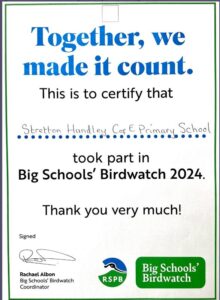 Kingfisher Class took part in this year’s Big Schools’ Birdwatch on Tuesday 13th February. We counted the number of birds seen for each species during a one hour period. We recorded 83 birds of 17 species. Nearly half of these birds were Rooks which were busy building nests in the tall trees.
Kingfisher Class took part in this year’s Big Schools’ Birdwatch on Tuesday 13th February. We counted the number of birds seen for each species during a one hour period. We recorded 83 birds of 17 species. Nearly half of these birds were Rooks which were busy building nests in the tall trees.
We saw the following species: Rook, Carrion Crow, Jackdaw, Blackbird, Magpie, Wood pigeon, House Sparrow, Dunnock, Song thrush, Bullfinch, Greenfinch, Goldfinch, Black-headed gull, Chaffinch, Great tit, Blue tit and Robin. We also spotted a Grey Heron flying over an adjacent field.
We put a moth trap out in the learning garden at the end of the school day on 12th June. The weather has been extremely hot for the last few days so we were hoping for a good catch. However, a burst of rain and some strong wind early in the evening meant that some were blown away from the trap. It was also difficult to count and photograph many of them in the morning as it was still warm, making them very active!
Children in Woodpecker class enjoyed letting them go!
- Small Magpie
- Poplar Hawk-moth
- Buff Ermine
- Heart and Dart
- Common Swift
- Olive Pearl
- Green Oak Tortrix
We recorded 19 different species of moth, 3 were new species for the school garden: Poplar Hawkmoth, Buff Ermine, Heart and Dart, Green Oak Tortrix, Common White Wave, Ingrailed Clay, Small Square-spot, Marbled Orchard Tortrix, Small Magpie, Willow Beauty, Common Swift, Straw Dot, Celypha lacunana, Olive Pearl, Common Pug, Mint moth, Dark Arches, Marbled Minor agg. Hook-tip Grass Veneer.
Kingfisher Class and Peregrine Class took part in the Big Schools’ Birdwatch on 7th February. This is an important annual national survey which helps keep track of changes of bird populations over time. We have been taking part in this survey since 2011!
During a one-hour period, they recorded the birds they saw in the school grounds. They counted the maximum number of birds, of each species, seen at any one time. We then submitted our results on the Big Schools’ Birdwatch website.
The moth trap was set up after school on 6th September near the bird hide and emptied the following morning by Kingfisher Class. Many moths will have escaped because of the warm temperatures and no attempt was made to count the moths! However, a great time was had trying to catch them, and the following were noted:
- Letting some go!
- Large Yellow Underwings liked us!
Gold-spot, Ash-bark Knot-horn (Euzophera pinguis), Centre-barred Sallow, Broad-bodied Yellow Underwing, Eudonia angustea, Dottled Clay, Large Yellow Underwing (majority of catch!), Canary-shouldered Thorn, Green Carpet, Dusky Thorn, Square-spot Rustic, Lunar Underwing, Setateous Hebrew Character, Lesser Yellow Underwing, Copper Underwing agg., Straw Dot, Blood-vein, Flounced Rustic, Brown-spot Pinion, Garden Carpet, Brown House Moth, Brimstone moth, Common Marbled Carpet, Common Rustic agg., Lesser Broad-bodied Yellow Underwing
Total of 25+ species including 6 new species (shown in bold).
- Gold Spot
- Canary-shouldered Thorn
- Dotted Clay
- Lunar Underwing
- Setaceous Hebrew Character
- Blood-vein
- Green Carpet
- Flounced Rustic, Brown-spot Pinion, Square-spot Rustic, Copper Underwing agg
- Brimstone and Garden Carpet
- Straw Dot
- Ash-bark Knot-horn
- a Shield-bug
- …and some beetles
During the course of the week commencing 28th June, Junior children carried out a bioblitz of the school grounds, recording as many plants and animals they could find. A full list can be found here – Bioblitz 2021.
Here are some of the things they found:
- Comfrey
- Nipplewort
- Black Medick
- Bramble
- Herb Robert
- Germander Speedwell
- Self Heal
- Moss
- Oak Sapling
- Ants nest in compost bin
- Spider
- Scarlet Pimpernel
- Common Liverwort
- Lichen
- Fungi
- Grass bug
- Woodlouse with eggs
- Common Rough Woodlouse
- Beetle
- Slug
- Garden Snail
- Horse’s Hoof Fungus
- Centipede
- Centipede
- Harlequin ladybird larva
- Dagger fly
- Bug
- Spidder
- Froghopper
- Spider
- Snails
The moth trap was set up near the Oak tree for the evening of 1st July. It was emptied the following morning by Junior children, making a good start to our invertebrate bioblitz day. 24 different species and a total of 52 moths were recorded. A further 3 species were found during the afternoon. 4 new species, for the school grounds, were recorded and are shown in bold below.
Marbled Beauty 1, Uncertain 11, Brimstone Moth 2, Olive Pearl 2, Barred Yellow 1, Celypha lacunana 2, Blastobasis lacticolla 1, Willow Beauty 1, Heart and Dart 3, Smoky Wainscot 1, Agapeta hamana 3, White Plume 1, Celypha striana 2, Common Footman 4, Bee moth 1, Plain Golden-y 1, Middle-bar Minor 2, Pale Mottled Willow 1, Ingrailed Clay 4, Chryoteuchia culmella 3, Flame 1, Large Yellow Underwing 1, Mottled Beauty 2, Barred Straw 1. Also a caddisfly – Mystacides longicornis, a harvestmen and a beetle.
Dayflying moths – Buff Ermine 1, Nettle tap 1, Eudonia lacustrata 1.
- White Plume
- Ingrailed Clay
- Barred Marble
- Uncertain
- Marbled Beauty
- Barred Straw
- Barred Yellow
- Plain Golden-y
- Brimstone Moth
- Smoky Wainscot
- Flame
- Olive Pearl
- a Caddisfly
- a Harvestman
- a Beetle
- an Earwig
Churchyard Wildlife Surveys
On Friday 11th June, children took part in “Churches Count on Nature”, a citizen-science event covering churchyards across England and Wales. People were invited to visit their local churchyard and make a note of the animals, birds, insects, plants or fungi they found there. The data will be collated on the National Biodiversity Network (NBN).
It is thought church land, often uniquely unploughed and undeveloped, could be a habitat for precious and endangered plants and other wildlife. It is even said that churchyards could form a new National Park.
Infant children walked down to Handley Church to do their survey. Meanwhile, Junior children walked nearly 3 miles, along the River Amber, to Brackenfield Holy Trinity Church to do theirs. Children noted down and took photos of as many species of fauna and flora they could find. We have submitted our records via iRecord which, when verified, will be added to the NBN Atlas.










